If you’re a gardening enthusiast eager to grow something truly special and uniquely American, consider planting an American persimmon tree from seed. Known for their rich, honey-like flavor and ornamental beauty, these native trees offer bountiful harvests, stunning fall foliage, and crucial food for local wildlife.
In this detailed guide, we’ll take you through everything you need to know about growing American persimmons (Diospyros virginiana) from seed — from seed selection and preparation to planting, care, and eventual harvest.
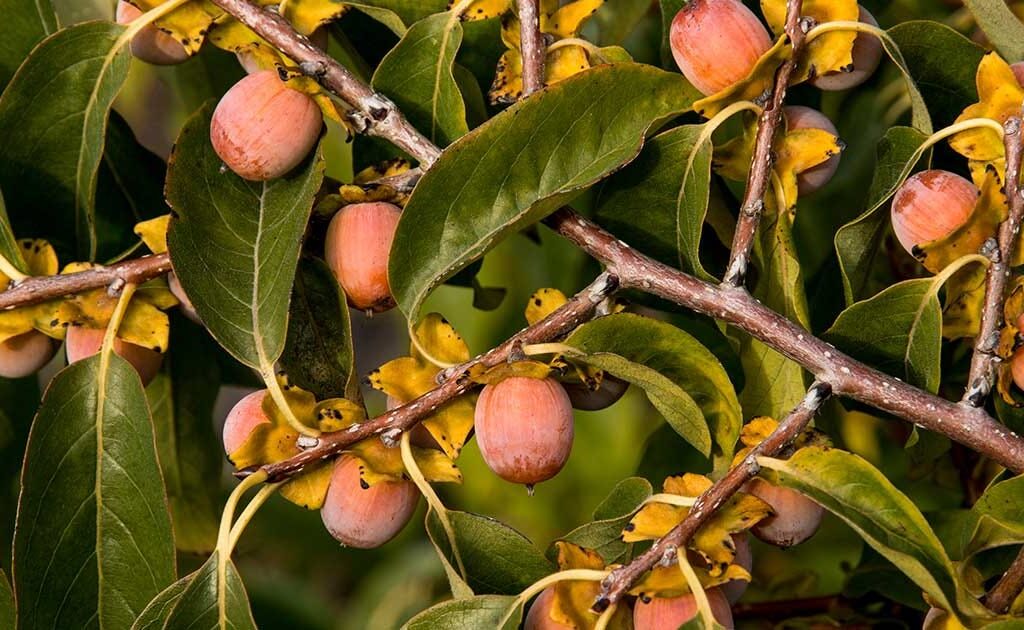
Why Grow American Persimmons?
Before diving into the growing process, it’s worth appreciating why American persimmons are so beloved.
- Native to the Eastern U.S., these trees are well-adapted to local soils, pests, and weather.
- The fruits ripen in late fall and boast a rich, custard-like sweetness when fully ripe.
- American persimmons are hardy, low-maintenance, and tolerate a range of soil conditions.
- Their beautiful orange foliage in autumn makes them excellent ornamental trees.
- They’re a valuable food source for deer, birds, and other wildlife.
Understanding American Persimmon Seeds
Unlike cultivated Asian persimmons, American persimmons typically grow true to type from seed, meaning they often retain the characteristics of the parent tree — especially when sourced from quality fruit.
Key seed facts:
- The seeds require a cold stratification period to break dormancy.
- They usually take 1 to 3 months to sprout.
- Seedlings may take 4 to 9 years to bear fruit.
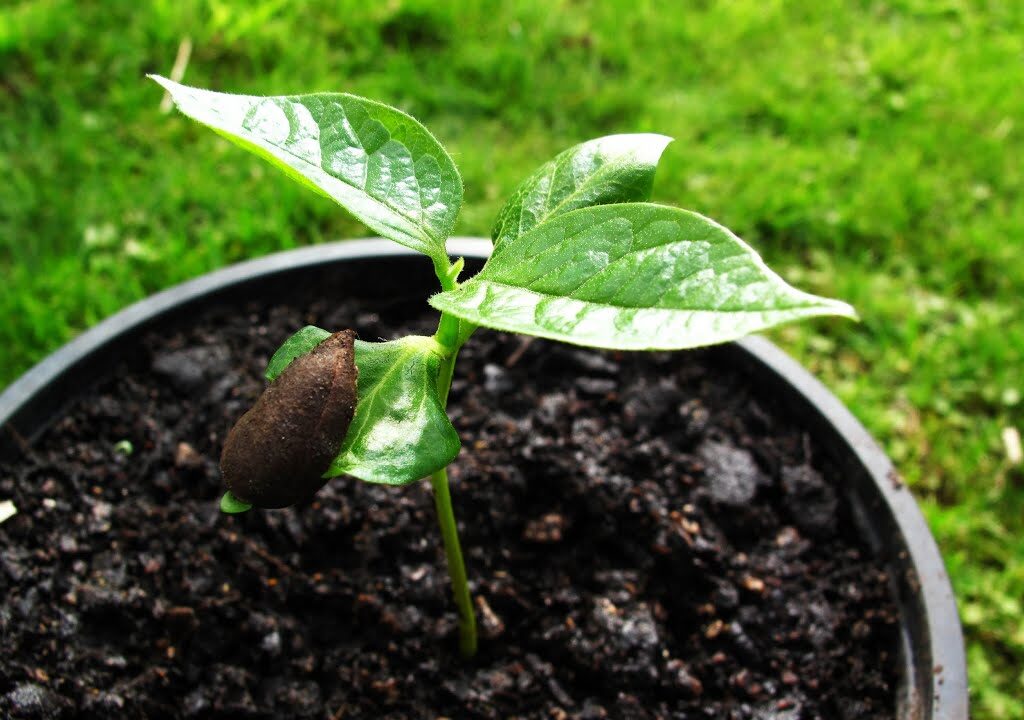
How to Collect and Prepare American Persimmon Seeds
1. Harvest Ripe Fruit
Begin by collecting fully ripe persimmons in late autumn. The fruit should be:
- Soft to the touch
- Bright orange in color
- Slightly wrinkled or mushy (unripe persimmons are astringent and unpleasant)
You can either pick them from the tree or collect windfallen fruits.
2. Extract the Seeds
- Cut the fruit open and remove the large, flat, brown seeds.
- Rinse the seeds thoroughly under cool water to remove all pulp.
3. Test Seed Viability
Place the seeds in a bowl of water:
- Good seeds sink.
- Discard any floating seeds as they’re unlikely to germinate.
How to Stratify Persimmon Seeds
Persimmon seeds need a period of cold, moist conditions to mimic winter dormancy — a process called cold stratification.
1. Prepare a Medium
Use a mixture of:
- Damp peat moss
- Vermiculite
- Or sand
It should be moist but not soggy.
2. Stratify the Seeds
- Place the seeds in a plastic bag with the moistened medium.
- Seal the bag and label it with the date.
- Refrigerate at 35°F to 45°F (1.5°C to 7°C) for 60 to 90 days.
Check occasionally to ensure the medium stays damp.
Pro tip: You can also sow seeds directly outdoors in late fall, letting nature provide stratification over winter.

How to Plant American Persimmon Seeds
After stratification, you’re ready to plant.
1. Choose a Planting Site
Persimmon trees prefer:
- Full sun (at least 6 hours daily)
- Well-draining, loamy soil
- Slightly acidic to neutral pH (6.0 to 7.0)
They tolerate sandy or clay soils but dislike waterlogged ground.
2. Planting Seeds Indoors
- Fill seed-starting pots with a good-quality potting mix.
- Plant seeds 1 inch deep.
- Keep the soil moist but not soggy.
- Maintain a temperature of 70°F to 80°F (21°C to 27°C) for optimal germination.
- Expect germination in 6 to 10 weeks.
3. Direct Outdoor Sowing
In areas with mild winters:
- Plant seeds 1 inch deep in fall.
- Protect with mulch and a mesh screen to deter animals.
- Germination will occur naturally in spring.
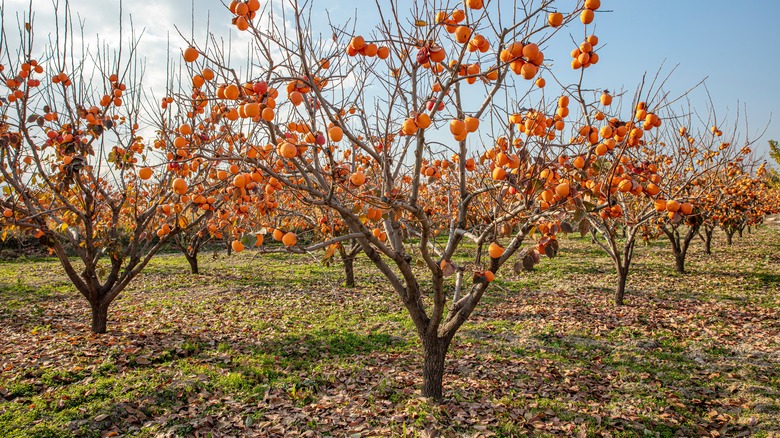
Caring for American Persimmon Seedlings
Once your seeds sprout, proper care ensures healthy growth.
1. Watering
- Keep soil consistently moist but avoid overwatering.
- Seedlings in pots should be watered when the top inch of soil feels dry.
2. Light
- Provide bright, indirect sunlight indoors.
- Gradually harden off seedlings before transplanting outdoors by exposing them to direct sunlight for a few hours daily.
3. Transplanting
When seedlings reach 6 to 8 inches tall:
- Transplant to larger pots or directly outdoors after the last frost.
- Space trees 20 to 30 feet apart for optimal growth.
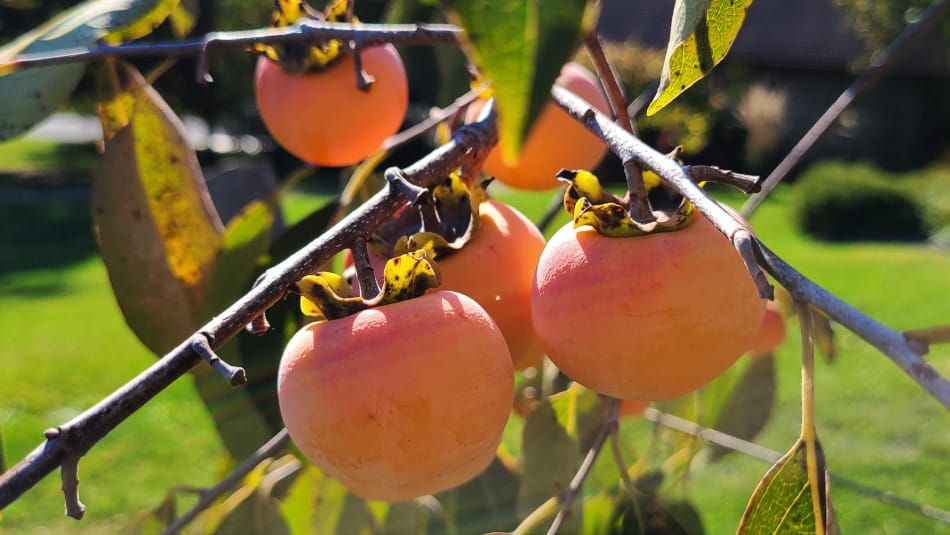
How to Maintain and Grow Healthy Persimmon Trees
Once established outdoors, American persimmons are low-maintenance.
1. Watering
- Water young trees weekly during dry periods.
- Mature trees tolerate drought but benefit from occasional deep watering.
2. Mulching
Apply organic mulch (like wood chips or pine straw) around the base to:
- Conserve moisture
- Suppress weeds
- Improve soil health
Leave a mulch-free ring around the trunk to prevent rot.
3. Fertilizing
- In the first year, avoid heavy fertilization.
- In subsequent years, apply a balanced slow-release fertilizer in early spring.
4. Pruning
- Remove dead, damaged, or crossing branches in late winter.
- Shape young trees by selecting a strong central leader and evenly spaced lateral branches.
Pollination and Fruit Production
American persimmons are dioecious, meaning male and female flowers grow on separate trees. To produce fruit:
- You need at least one male tree for every 6 to 8 female trees.
- Some trees may produce perfect flowers, but for reliable harvests, plant multiple trees to ensure cross-pollination.
Wild seedlings may surprise you with either male or female flowers, so planting several increases your chances of future fruiting trees.
When Will Persimmons Start Bearing Fruit?
Patience is essential — American persimmons grown from seed can take 4 to 9 years to begin producing fruit.
Factors affecting time to maturity:
- Variety and genetics
- Growing conditions
- Tree health and care
Common Pests and Diseases
American persimmons are generally hardy but can occasionally face:
- Persimmon psylla
- Twig girdlers
- Leaf spot diseases
Preventive care:
- Maintain good airflow by spacing trees properly.
- Remove fallen leaves and fruit.
- Prune regularly.
Harvesting and Using American Persimmons
When to harvest:
- Pick fruit when it’s fully soft and deep orange, typically September to November.
- Unripe persimmons are astringent and bitter.
Popular uses:
- Fresh eating (once soft)
- Baked goods like persimmon pudding and bread
- Jams, jellies, and preserves
- Dehydrated persimmon slices
- Wild animal forage
Final Thoughts
Growing American persimmons from seed is a rewarding way to nurture a piece of native American heritage in your own backyard. While it requires patience and a bit of seasonal planning, the payoff is well worth it — with beautiful, resilient trees, vibrant fall color, and the sweet satisfaction of homegrown fruit.
By following this guide on seed collection, stratification, planting, and care, you’ll be well on your way to cultivating these native delicacies for generations to come.

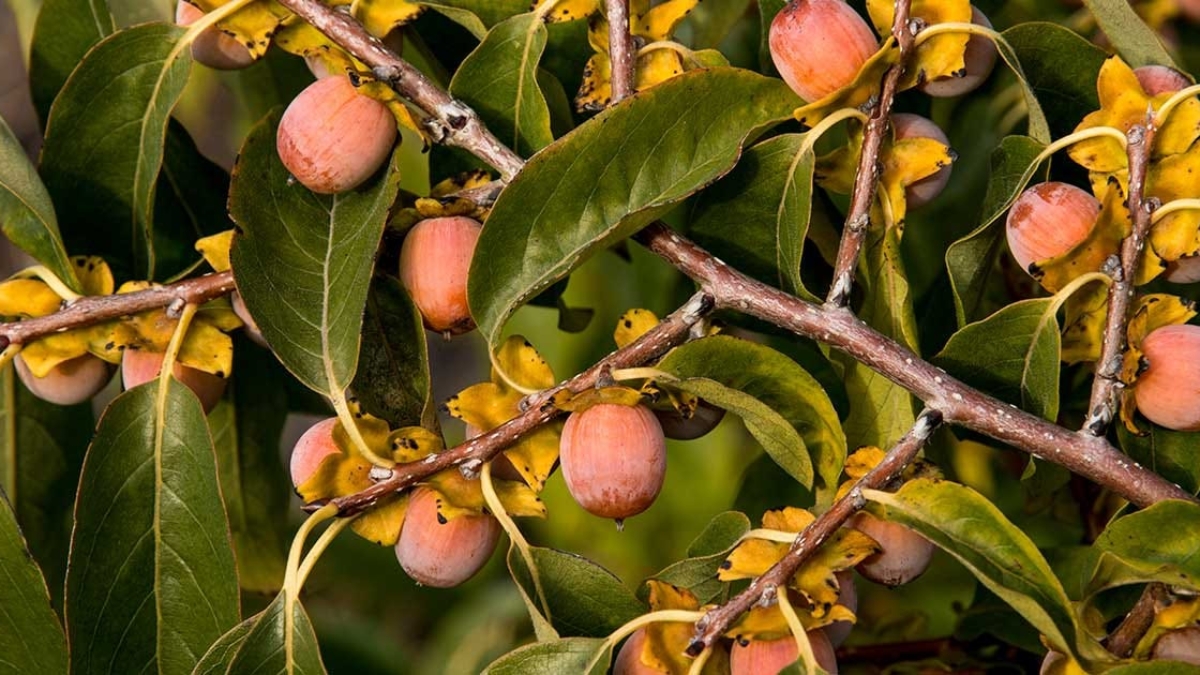




Leave A Comment